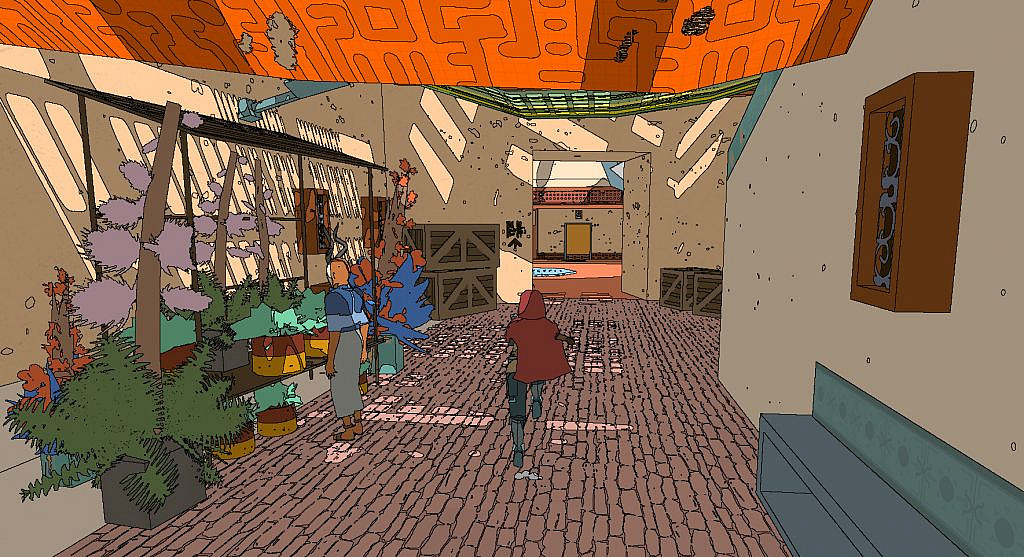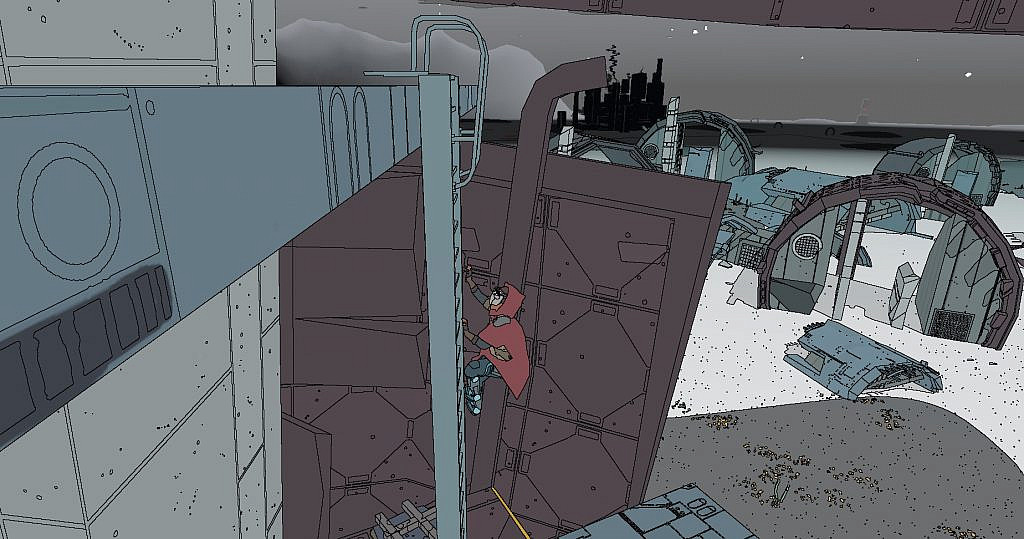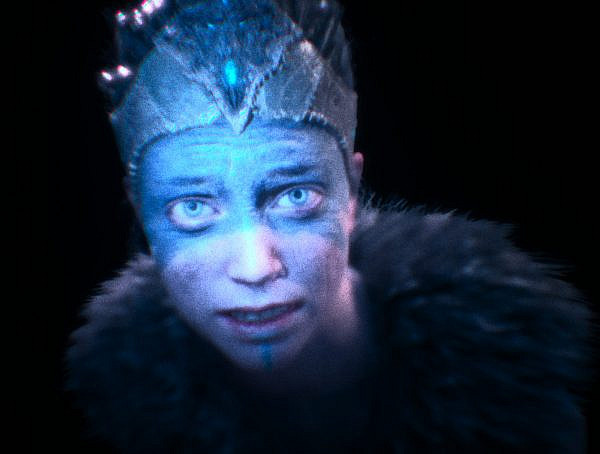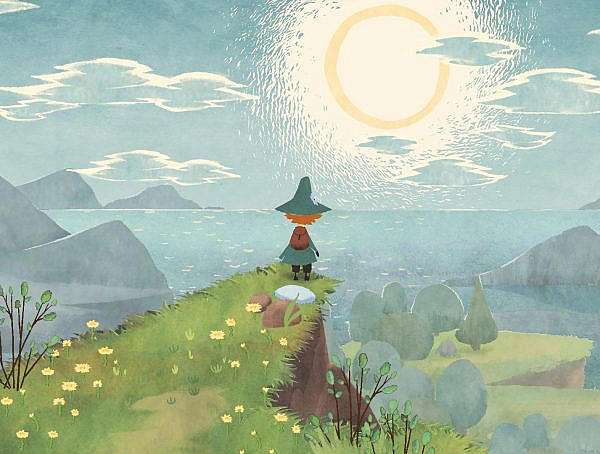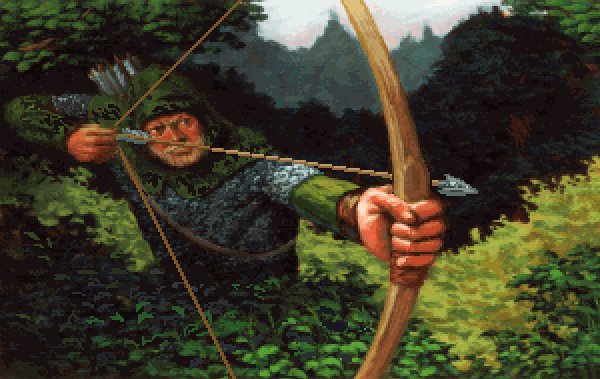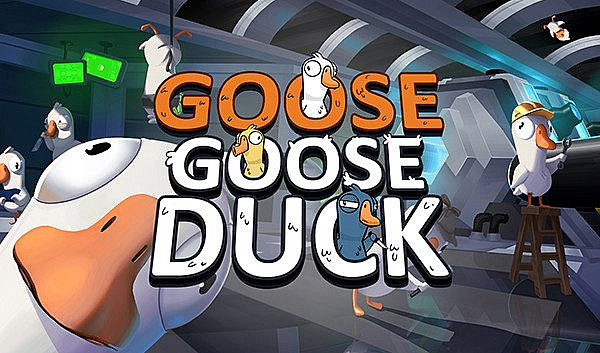About five years ago I came across a short animation clip on Twitter, showing a horned caped figure walking in the desert. The scene, the art style and the colours, both muted and vibrant, immediately brought to mind the comic book artist Mœbius. More clips emerged, showing the character sliding down a hillside of a dune, exploring the ruins of an ancient temple, speeding across the sand on a hoverbike. I was hooked, as were many others, as we followed how a tech demo for a custom shader (no, I don’t really know what a shader is) was turning into an actual game project.
First pass on a vehicle #madewithunity #gamedev pic.twitter.com/8yy4MdOAqK
— Gregorios Kythreotis (@ShedworksGreg) May 9, 2017
Despite the obvious influence, the visuals felt fresh and original in time when the constant striving for ever more lifelike graphics was becoming as banal as soviet realism. I did not have high hopes for the actual gameplay, but I would have been happy just cruising around the scene on that hoverbike. I had all but forgotten about it, until last September when the game from the British two-person gamestudio Shedworks was finally published. As it turns out, it’s actually pretty good.
In the beginning we learn that the person behind the horned mask is a young girl named Sable. She is about to embark on Gliding, the traditional rite of passage of her tribe, where she will be spending an indefinite time in the desert, discovering the world, and her true calling. Luckily, unlike in the Walkabout of Australian Aboriginals, Sable doesn’t have to do this on foot. Along with the hoverbike, Sable’s tribe gifts her with a gliding stone that forms a shielding sphere around her when falling, allowing her to safely leap and glide from great heights.
The game is as beautiful as the early videos, although the visual style doesn’t seem quite as extraordinary now as it did in 2017. Many other developers have since found out that using pixel graphics is not the only way to reference the past. Also the game itself has clearly taken cues from more recent games. The open world exploration and emphasis on climbing and gliding is clearly borrowed from the latest Zelda, which the developers have readily admitted. When picking up inspirations you could certainly do worse.
The world in Sable is a desert planet with varying biomes, a land scattered with signs of a more technologically advanced, now forgotten past. By contemporary standards the world is not very large. Towns, trading posts, ruins and strange natural formations still offer plenty to explore.
Apart from finding at least one of the many masks of experts that will supposedly define Sables’s future role in her tribe, there is no main quest or overarching storyline. The theme lends itself perfectly for freeform wandering and exploration, and the liminal state of the main character makes her accepting the many side quests merely by whim seem plausible.
As one would expect, Sable can acquire new clothes and trade the many items she finds on her travels. The parts of the bike can also be upgraded, but none of this has much significance to the game, as money is relatively easy to come by and the bike is merely used for travelling. Gliding across the desert is satisfying and has a certain meditative feeling to it, regardless of . So far I have felt no urge to use the fast travel option, even when going back and forth between familiar locations. All quests require climbing, and upgrading Sable’s stamina (no spoilers on how) is much more essential. The environments for climbing are beautiful and versatile, from towering mountains to husks of ancient spaceships to rooftops of cities. Depending on the location, climbing, jumping, and gliding can elicit the exhilaration of freeform parkouring or the tension of a precise platformer.
The compact open world and lack of crafting or heavy inventory management makes the game very accessible. The whole experience has a certain lightness to it, emphasised by the dreamy pop tunes of the indie band Japanese Breakfast. The soundtrack is a little surprising, but a welcome change from the usual cinematic backdrop.
Sable has one exceptional feature, or should I say a lack of. There is no combat. There is in fact no violence of any kind. It is startling to realise how rare this is in games, especially in an open world game that isn’t all cutesy like Animal Crossing. I had played quite a while before noticing I had not casually taken anyone’s life, and realising I probably wasn’t going to. Despite the lack of danger or physical conflict, Sable manages to elicit all the sense of wonder and adventure one expects from an open world game. If Sable has some deeper message perhaps it’s this: It’s not always dangerous to go alone.
Title: SABLE
Publisher: Raw Fury
Developer: Shedworks
Platforms: Windows, Xbox Series X/S, Xbox One
Release Date: September 2021
Genre: Open World Exploration
PEGI: 3
Screenshots of the game taken by the author.
You might also like
More from Game Reviews
Overwhelmed or puzzled? A Krispee Street review
A mobile game with an interesting take on "Where's Wally" formula
Hanabi – Fireworks Show In A Card Game
In Hanabi you try to create as good fireworks show in cooperation as you can.
The Chaotic Goose Chase, or Is It? A Review of Goose Goose Duck
Goose Goose Duck is an interesting twist in its genre, in this review let's see what sets it apart from …







